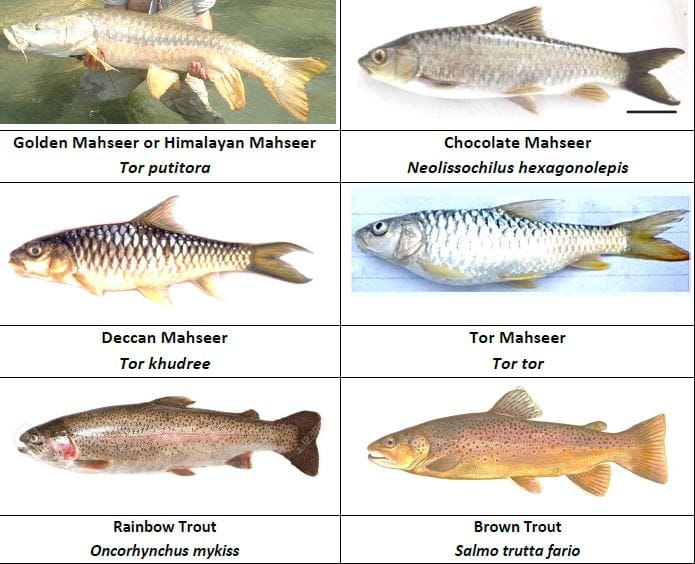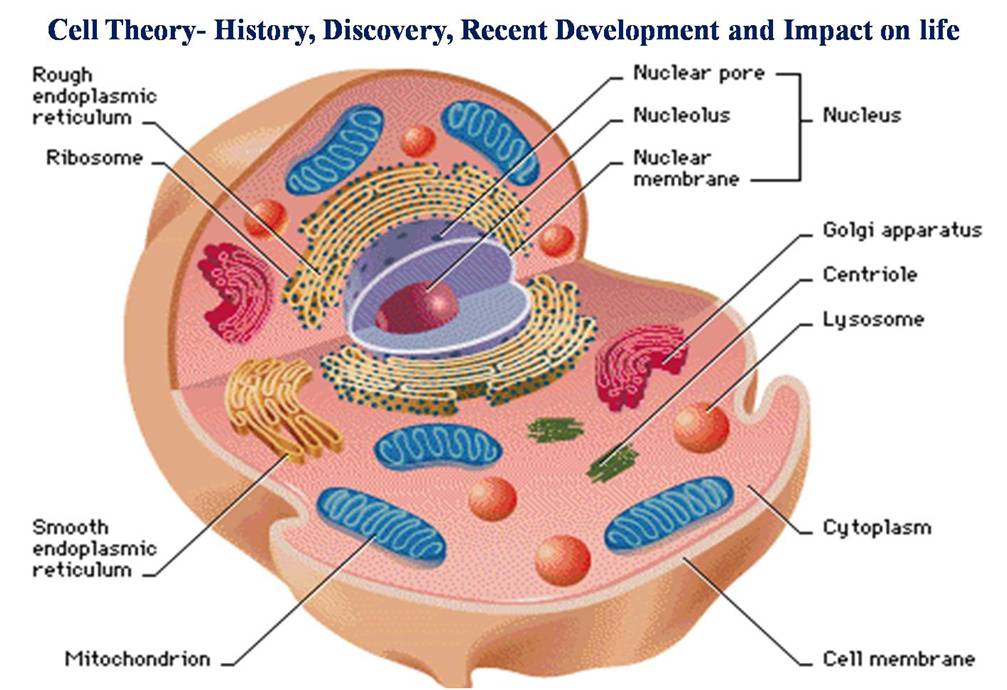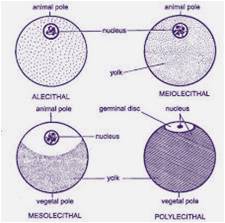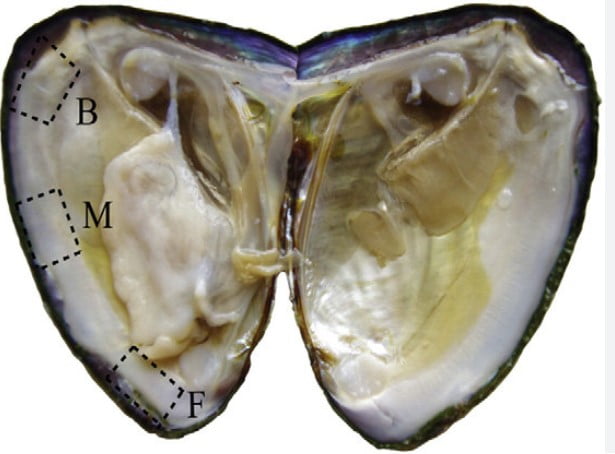Pearl Producing Molluscs in India: The pearl producing molluscs in India are marine and freshwater bivalves. The marine pearl oysters are the most common and important pearl producers in India. The freshwater pearl mussels are also cultured for pearls in India, but on a smaller scale. India is home to several species of mollusks that produce pearls. The most famous pearl-producing mollusk in India is the Indian pearl oyster, scientifically known as Pinctada fucata. It is commonly found along the coasts of the Bay of Bengal and the Arabian Sea. Indian pearl oysters have been cultivated for pearl production in India for centuries. The process of pearl cultivation, known as pearl farming, involves inserting a nucleus (usually a small bead made of shell or plastic) into the oyster’s body. The oyster then secretes layers of nacre (mother-of-pearl) around the nucleus, gradually forming a pearl.
The coastal states of Tamil Nadu, Andhra Pradesh, and Gujarat are major centers for pearl farming in India. Rameswaram, located in Tamil Nadu, is particularly renowned for its pearl cultivation activities. The region has a long history of pearl diving and pearl farming, with skilled artisans specializing in pearl extraction and processing. ‘Pearl Producing Molluscs in India’
In recent years, pearl farming in India has been modernized with the adoption of advanced techniques and technologies. This has helped improve pearl quality and production efficiency. The pearls produced in India range in color from white and cream to pink, golden, and even black.
It’s worth noting that India is also known for its freshwater pearl production. Freshwater pearls are formed in freshwater mussels instead of saltwater oysters. The rivers and lakes of states like Uttar Pradesh, Maharashtra, and Jammu and Kashmir support freshwater pearl farming.
Overall, pearl-producing mollusks, both saltwater and freshwater, play a significant role in India’s rich tradition of pearl cultivation and jewelry manufacturing. ‘Pearl Producing Molluscs in India’
The number of bivalves has the ability to produce pearl under favourable climatic conditions but high quality of pearls are obtained from pearl oysters of Genus Pinctada belonging to class-Bivaliva, family-Pteriidae.
Pearl Producing Molluscs in India
The number of species of the Genus Pinctada are found in Indian water resources viz-,
- P. vulgaris(Schumacher),
- P. chemnitz(Philippi),
- P. margaritifera(Linn.),
- P. anomioides(Reeve) and
- P. atropurpurea(Dunker)
| P. margaritifera |
Apart form the true pearl oyster belonging to the genus Pinctada a large number of other marine and a few fresh water molluscs are also found to produce pearls or pearl like concretions.
These are-
Ear-shell (Haliotis Linn).
Sea muscle (Mytilus Linn) and
windowpane oyster (Placuna blacenta Linn).
Margaritifera margaritifera
Lamellidens marginalis
| Margaritifera margaritifera |
Pearl oysters of the genus Pinctada are cosmopolitan in distribution. Pinctada occur in several seas of the tropical belt and in the sub-tropical region. Although a number of species of pearl oysters have been identified, only a few have been found to produce pearls of good quality with commercial value. In the Indian waters, the above species of pearl oysters occur but only P. vulgaris has contributed to the pearl fisheries in the Gulf of Mannar and Gulf of Kutch. ‘Pearl Producing Molluscs in India’
Pearl production in India is a growing industry, and the country is now one of the leading producers of pearls in the world. The pearls produced in India are known for their high quality and beautiful colors. ‘Pearl Producing Molluscs in India’
Pearl production in India is mainly concentrated in the following states:
- Tamil Nadu
- Andhra Pradesh
- Gujarat
- Maharashtra
- Kerala
The Indian government is supporting the pearl industry by providing subsidies and other assistance to pearl farmers. The government is also working to promote the export of Indian pearls to other countries. The pearl industry in India is a major source of employment and income for many people. The industry also helps to generate foreign exchange for the country.






